
Tool supports the development of recyclable components. Components in automobiles must no longer only meet the highest technological standards, but must also be sustainable and recyclable. In the future, engineers will not only have to keep an eye on the finished product during development, but also on the end of its life cycle. Since humans prefer to think in linear terms rather than in cycles, artificial intelligence will help them to do this. In the CYCLOMETRIC project, a tool is…
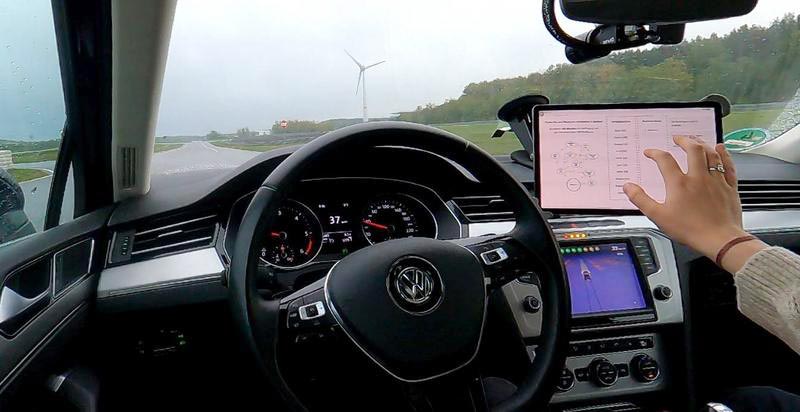
In a recent study on automated driving by TU Dresden and DEKRA, traffic and engineering psychologists analyzed reactions to possible malfunctions of this future human-machine interface. The study of various takeover scenarios shows that people are only partially able to take over the wheel quickly and safely in the event of technical malfunctions. Checking your emails, reading the news or watching a movie while driving. With automated driving, drivers are allowed to perform secondary activities under certain circumstances. At the…

QUT robotics researchers working with Ford Motor Company have found a way to tell an autonomous vehicle which cameras to use when navigating. Professor Michael Milford, Joint Director of the QUT Centre for Robotics and Australian Research Council Laureate Fellow and senior author, said the research comes from a project looking at how cameras and LIDAR sensors, commonly used in autonomous vehicles, can better understand the world around them. “The key idea here is to learn which cameras to use…
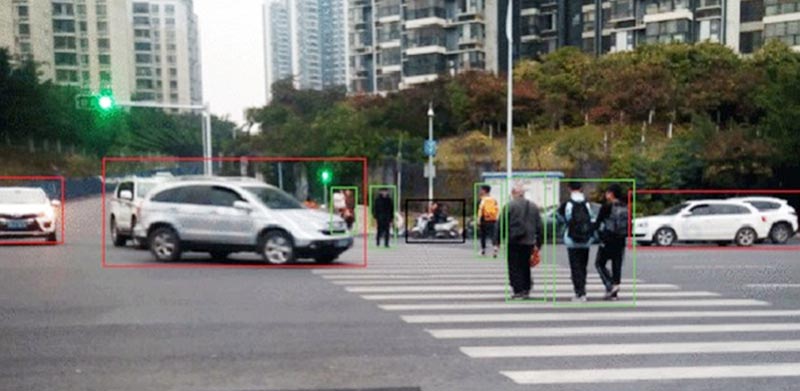
Automatic object recognition and tracking using lidar. Innovative take on laser radar systems for smart cars outperforms camera-based object recognition. The automobile industry in China has been developing extremely rapidly over the past few decades, and more people have access to cars now than ever before. Because of this, many cities are facing traffic issues, such as traffic congestion and frequent accidents. One way to alleviate these problems, aside from improving public transportation, is to develop and implement intelligent transportation…

Modern vehicles have a large number of electronic systems that are networked with each other. Since these systems are at risk from cyber attacks, Fraunhofer IPMS developed a CANsec IP core that makes vehicle systems more secure. The IP core is already being evaluated in a demonstration by partner Renesas Electronics Corporation, a leading semiconductor company that delivers embedded processors together with analog and power products. At the Embedded World trade show from June 21-23, both Fraunhofer IPMS and Renesas…

Carnegie Mellon Roboticists go off road to compile dataset likely largest for off-road environments. Researchers from Carnegie Mellon University took an all-terrain vehicle on wild rides through tall grass, loose gravel and mud to gather data about how the ATV interacted with a challenging, off-road environment. They drove the heavily instrumented ATV aggressively at speeds up to 30 miles an hour. They slid through turns, took it up and down hills, and even got it stuck in the mud —…
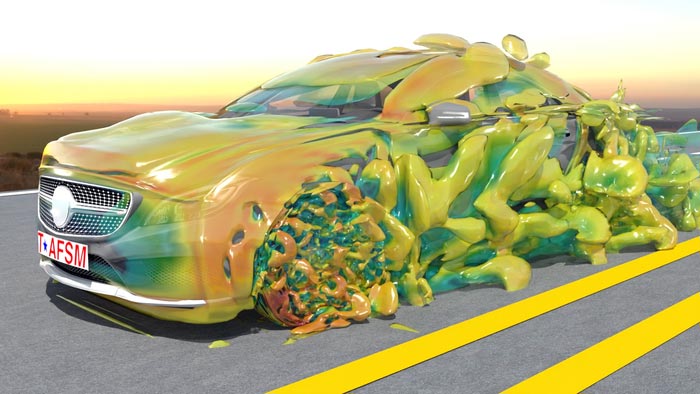
Rice-Waseda project ups its game for complexity with aerodynamic model of a moving car and its tires. The complex aerodynamics around a moving car and its tires are hard to see, but not for some mechanical engineers. Specialists in fluid dynamics at Rice University and Waseda University in Tokyo have developed their computer simulation methods to the point where it’s possible to accurately model moving cars, right down to the flow around rolling tires. The results are there for all to…

LIDAR (Light Detection and Ranging) is an indispensable key technology in the development of autonomous driving cars. LIDAR systems use emitted laser beams to very accurately detect their surroundings and generate a precise image. Their mode of operation is very similar to radar systems in aviation or shipping, except that they emit laser beams instead of radio waves. Their reflections produce a three-dimensional image. However, the resolution of lidar sensors is significantly higher than that of radars, which is what…
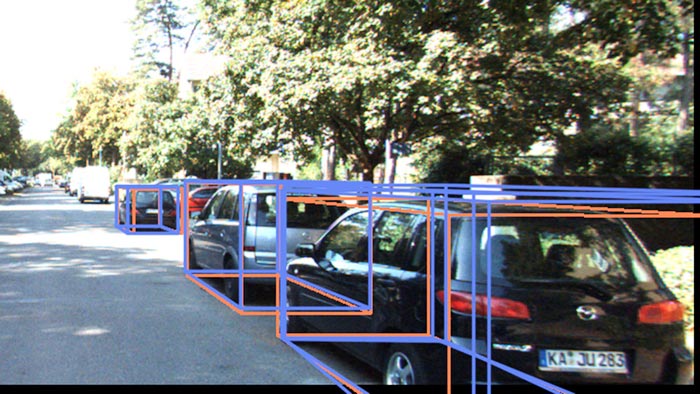
Researchers have developed a new technique, called MonoCon, that improves the ability of artificial intelligence (AI) programs to identify three-dimensional (3D) objects, and how those objects relate to each other in space, using two-dimensional (2D) images. For example, the work would help the AI used in autonomous vehicles navigate in relation to other vehicles using the 2D images it receives from an onboard camera. “We live in a 3D world, but when you take a picture, it records that world…
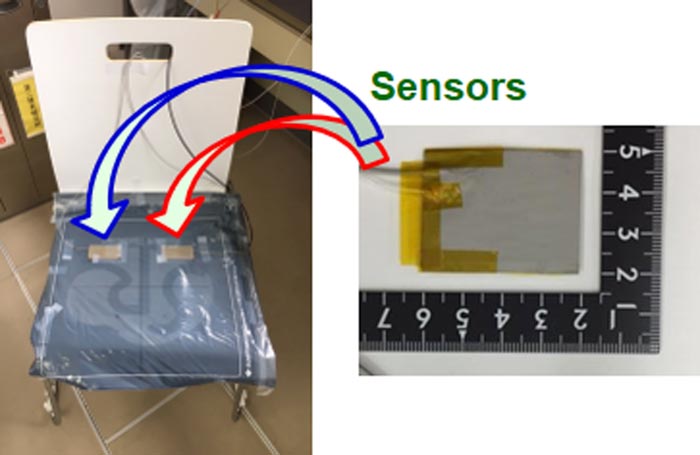
The bipartisan infrastructure bill recently signed into law by President Joe Biden includes a requirement for automakers to install driver monitoring systems that detect intoxicated or impaired drivers. Current systems rely on cameras, which have limitations. Now, researchers reporting in ACS Applied Electronic Materials have made heat-resistant, pressure-detecting sensors that, when attached to seats, can tell whether a driver is drowsy or has a sudden illness, signaling a future smart car to take action. Most current drowsiness detection systems use an exterior,…

German Federal Ministry for Economic Affairs and Energy to Fund the 18 Partners in the AgiloDrive2 Research Project with a Total of 16.4 Million Euros until 2024. Although electric mobility is becoming increasingly important, the general conditions for car manufacturers remain uncertain: What volumes can be expected? Which technologies are suitable? To solve this, scientists from KIT, the company Schaeffler, and 16 other industrial partners are addressing the question of how electric motors can be manufactured flexibly and yet economically…
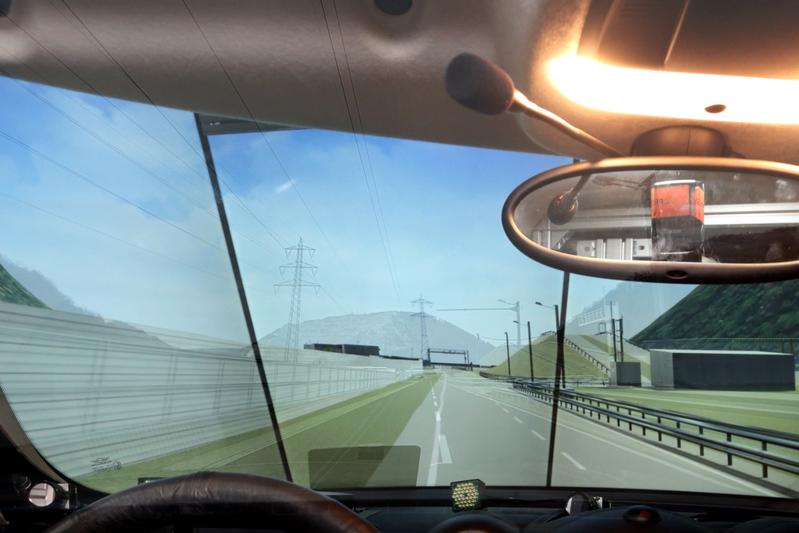
TU Graz, JOANNEUM RESEARCH, AVL and Fraunhofer Austria have developed a method to validate test drives through highly realistic driving simulation studies and to substantially simplify the approval process for automated driving systems. Driving simulator tests are popular – for understandable reasons: any scenario can be simulated at the touch of a button. They are independent of time and weather conditions and without any safety risk for the vehicle, people or the environment. Moreover, an hour in the driving simulator…

Australian researchers have developed disruptive technology allowing autonomous vehicles to track running pedestrians hidden behind buildings, and cyclists obscured by larger cars, trucks, and buses. The autonomous vehicle uses game changing technology that allows it to “see” the world around it, including using x-ray style vision that penetrates through to pedestrians in blind spots and to detect cyclists obscured by fast-moving vehicles. The iMOVE Cooperative Research Centre-funded project collaborating with the University of Sydney’s Australian Centre for Field Robotics and…
Scientists show exactly how promising approach to better batteries breaks down. Silicon is a staple of the digital revolution, shunting loads of signals on a device that’s likely just inches from your eyes at this very moment. Now, that same plentiful, cheap material is becoming a serious candidate for a big role in the burgeoning battery business. It’s especially attractive because it’s able to hold 10 times as much energy in an important part of a battery, the anode, than…
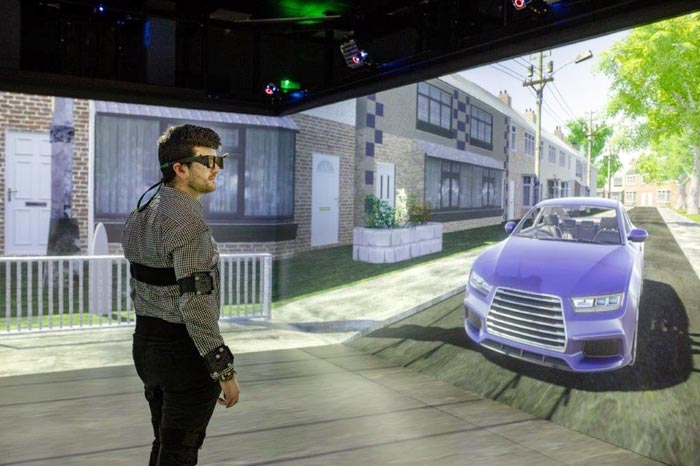
Automated vehicles could be made more pedestrian-friendly thanks to new research which could help them predict when people will cross the road. University of Leeds-led scientists investigating how to better understand human behaviour in traffic say that neuroscientific theories of how the brain makes decisions can be used in automated vehicle technology to improve safety and make them more human-friendly. The researchers set out to determine whether a decision-making model called drift diffusion could predict when pedestrians would cross a road in…
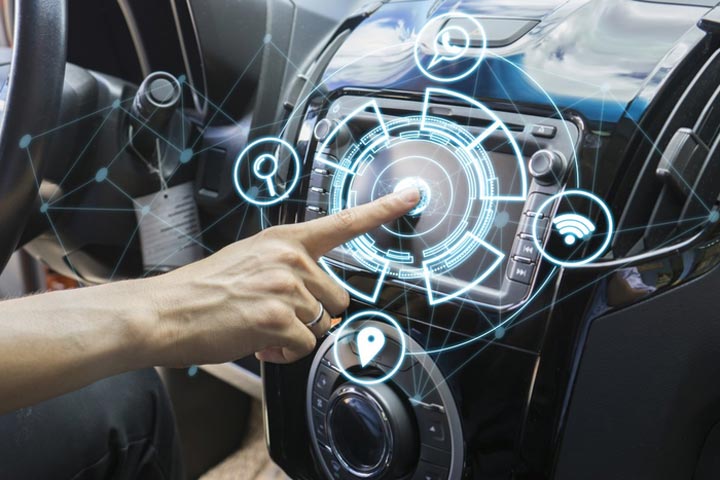
Subhajit Bandopadhyay is working on a smart car IAM based on Usage Control (UCON) and Verifiable Credentials (VCs). A post-graduate student in City’s Institute for Cyber Security (ICS) is attempting to plug the vulnerability gaps of smart cars to hacking and security breaches. Subhajit Bandopadhyay, studying for a PhD under the supervision of Professor Muttukrishnan Rajarajan, Director of the ICS, has been involved in collaborative research to develop the SIUV – a stateful smart car Identity and Access Management (IAM) system, based on Usage…